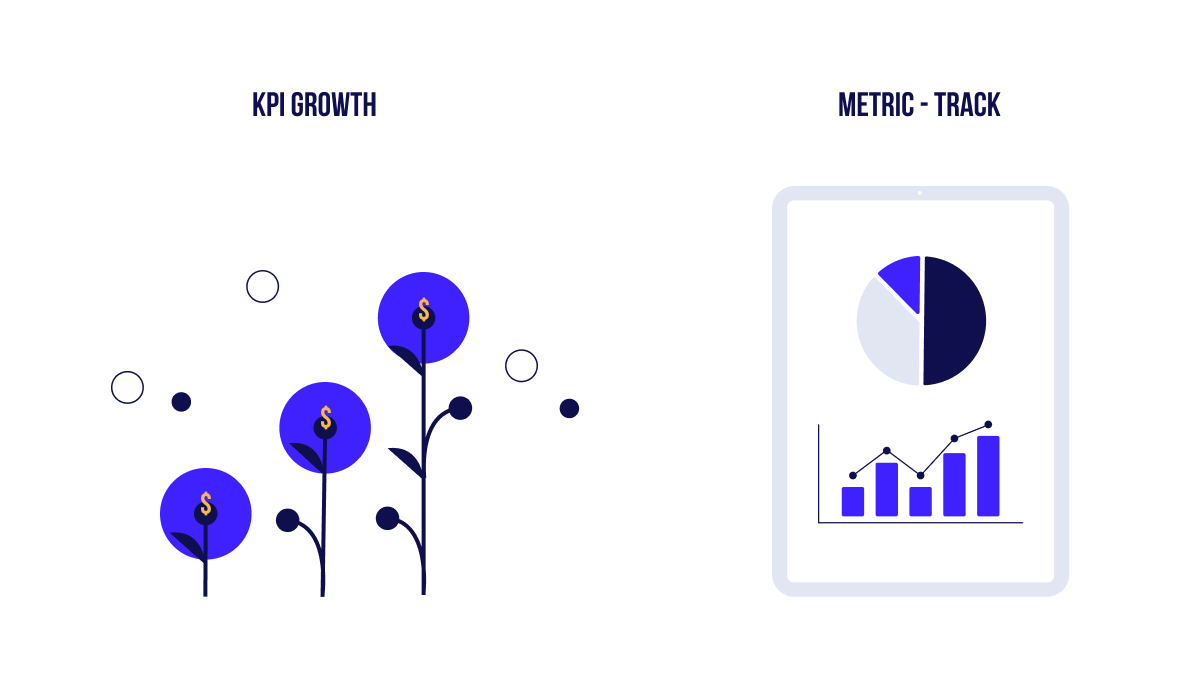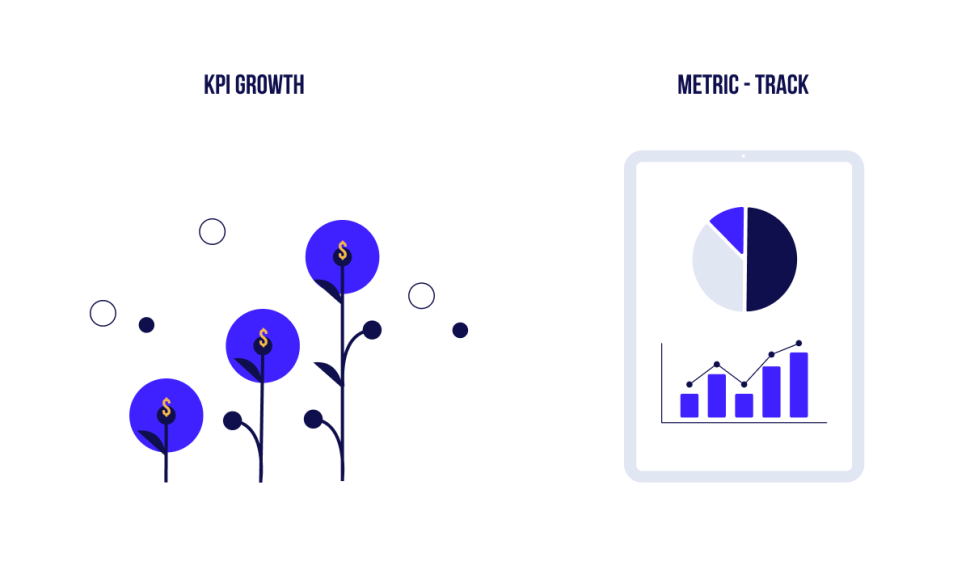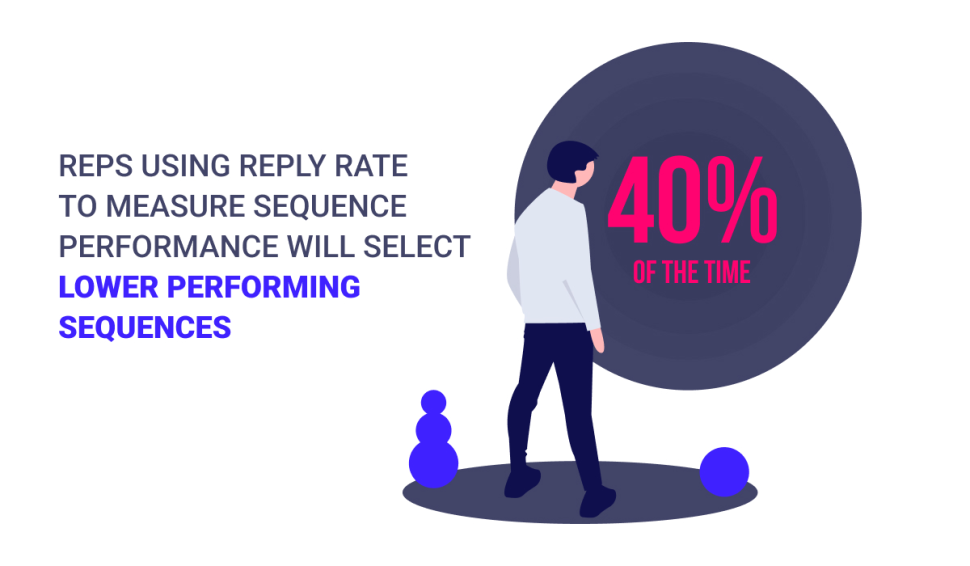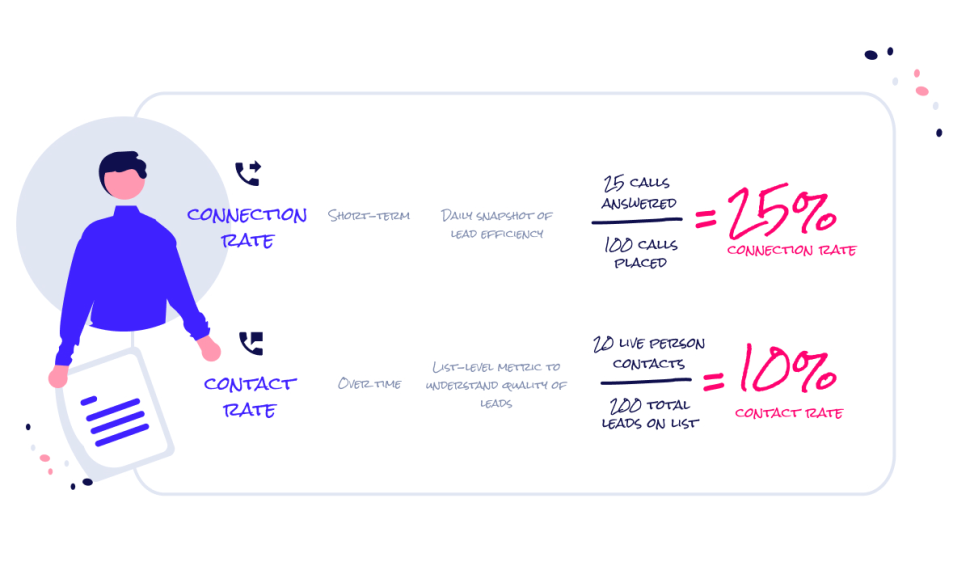Truebase Blog
Valuable information from industry professionals
Lead generation KPIs for high performing B2B sales teams

Wissam Tabarra
Jun 13

I am sure you have heard of the famous quote by Peter Drucker, "What gets measured gets done".
Take for example your retirement account, you are sure to save up for that and you are probably keeping score.
But with the unimaginable amount of data available today it has gotten tough to identify what measurements really matter.
If you are in sales, the problem has really grown to new levels in the last decade. Before 2010s, many sales pros would get their data on excel sheets and present results in a powerpoint slide.
It all changed with the sales and marketing tech exploding onto new levels.
With specialized software came the ability to measure the nitty gritty details of sales operations.
Now, I don't intend to downgrade the importance of a great tech stack but you need to be able to identify those metrics that actually move the needle for your sales operations.
You might be able to report on ten different metrics but it is quite possible that only three of them contribute to 80% of all the changes.
And the above statement is true for no other sales operation activity like lead generation or sales prospecting.
There are a number of ways in which you can measure the KPIs(like metrics) of your lead generation activities but only a few are really important.
But before we share the KPIs with you, let's quickly understand what are KPIs and how do they differ from metrics.
What is a KPI?
KPI stands for Key Performance Indicator. It is a metric that you track to measure the progress and success of your organization.
It is different from a metric because a KPI is usually more aligned with the organizational goals whereas a metric could be anything from sales growth to website visits.
How do KPIs differ from metrics?
As we just discussed, KPIs are a subset of metrics and usually more aligned with the organizational goals.
Apart from that, there is one more important difference between the two.
KPIs are typically actionable i.e. they provide insights that you can use to take actions in order to improve the performance of your organization.

On the other hand, metrics might not be actionable and might require further analysis to understand their implications.
Now that we have understood what KPIs are, let's look at some of the most important ones when it comes to lead generation.
Net new prospects in pipeline
If you are using outbound emails/calls as a lead generation channel then this is one KPI that you can't ignore.
Net new prospects is the best leading indicator for outbound campaign success.
If you were to guess who would generate more MQLs/SQLs:
A) Rep 1 with 200 prospects in his/her prospecting cadence or
B) Rep 2 with 600 prospects in his/her pipeline.
Your answer would probably be B. The second rep has higher odds of success because he/she has a headstart with a higher number of prospects in the pipeline.

Net new prospects in pipeline are also important because they remind you of your capacity to send emails or dial cold calls.
If you added lesser new prospects last week, you know that you have lesser prospects in your prospecting pipeline and need to allot more time to prospecting this week.
Positive reply rate for emails
Most sales teams track the reply rate of their cold email sequences. But the metric that can serve as a KPI is the positive reply rate for sequences.
With positive reply rate, you can gauge whether your email copy and messaging are working or not.
Positive reply rate also serves a leading indicator for your targeting and segmenting.
For example, if you have two lead generation segments and you use the same cold email copy for both.
One of these segments returns a 5% positive reply rate while the other gives you a 15% positive response rate. Clearly the second segment is more responsive and a riper target for your cold emails.

It also indicates that you should allocate more resources on finding prospects in the second segment.
Qualified Rate
Qualified leads are those which express positive interest in your products and show an intent to engage further in your sales process.
Qualified rate can be calculated as the ratio between net qualified leads(MQLs and SQLs) and total prospects who have been sent an email/cold call.
With the qualified rate you can gauge whether your ICP definition is correct and whether those ICPs are actually driving net new opportunities in your lead generation funnel.
Qualified rate can also indicate the quality of your lead generation software. If your qualified rate is higher it indicates that you have been getting more accounts that match your ICP definition from your lead generation software.
Net new opportunities
Net new opportunities in your sales pipeline are another indicator which can serve as a leading indicator of all your sales activities.
Since each week will get you a new set of qualified opportunities, if you see this number trending upwards you can be assured that a few things are going right.
On the other hand, if you see net new opportunities declining on a week-on-week basis then you know some thing isn't right

Net new opportunities is one of those KPIs which can help you debug your sales process without having to wait for weeks or months for sales data.
There can be many reasons why this number trends down. A few of them could be -
Poor quality data
Low number of accounts in ICP
Poor email copy
No fit between email copy and prospect's needs
By experimentation and tweaking parts of your process you can also find the most plausible cause for the decline in your net new opportunities.
Connect Rate
Connect rate is another KPI which indicates the effectiveness of your lead generation software as a data provider.
The connect rate can be defined as the ratio between total leads with verified contact details and total leads sourced from the lead generation software.
A higher connect rate indicates better performance and reliability of the lead generation software you are using.

As a benchmark you should be able to get at least 90% connect rate with your lead generation software.
And anything lesser than 85% is a serious issue to look into and you probably need to start your search for a new lead generation software.
Productivity metrics
Another set of metrics which can serves as a KPI to your lead generation process are productivity metrics. These are a bunch of metrics which can be clustered together and provide a qualitative assessment of how your process is doing.
These can be -
No. of calls per lead
No. of sales activities per lead
No. of meetings scheduled
No. of follow ups to leads.
Productivity metrics provide a quick snapshot of how you are engaging with your lead generation pipeline.
For example, a drop in the no. of sales activities per lead with an increase in the number of opportunities indicates that your sales process has become more efficient.
So, if your numbers are looking bad, you need to focus on improving new opportunities while decreasing the no. of sales activities per lead.
These are just a few metrics that can be used as KPIs and ultimately you have got to decide which ones suit your business the best.
But one thing is sure that you need to have the best fit lead generation software because a number of KPIs are directly dependent on it.
Also, it is where your entire B2B sales pipeline begins so if you have that sorted out you can expect to reap benefits down in the funnel.
Want to learn more about how to pick the best lead generation software to hit your KPIs? Check out our lead generation software buying guide.
Feeling a little adventurous? Start with a free trial of Truebase today.
Time to launch into your AI prospecting journey
Try it for freeProspect Faster. Connect smarter
© Truebase Inc, 2023. All rights reserved.